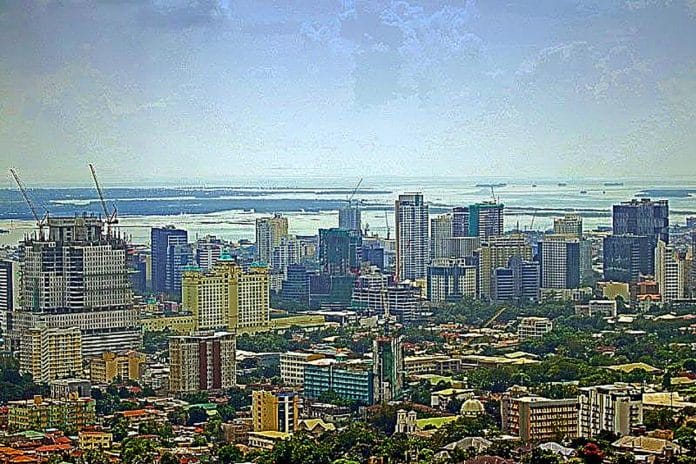“Setting up offices outside the central district and closer to where the employees reside may help address the employees’ desire to have the flexibility in terms of working from home or the office.”
The Queen City of the South has been brought to its knees by the COVID-19 pandemic.
But businesses are navigating through the crisis. The property sector in Cebu, a dynamic and thriving industry, is likewise coping and managing well amid the crisis.
Occupiers in the Cebu office market are seen adopting a hub-and-club model, as part of their pivoting strategies to decentralize Cebu’s central business district, Jones Lang La Salle (JLL) Philippines said.
“We anticipate the emergence of the ‘hub-and-club model’ where occupiers will maintain a head office (club) for socializations such as client meetings and town hall. They will also expand through satellite offices (hubs), which may be closer to where their employees reside,” JLL Philippines head of research and consultancy Janlo de los Reyes said in a webinar.
“This is taking shape now and may redefine the real estate strategy of occupiers moving forward,” he added.
JLL director of commercial leasing Antonio Sabarre said that while most options are currently concentrated at the Cebu IT Park and Cebu Business Park, office spaces are available outside the central district.
“Setting up offices outside the central district and closer to where the employees reside may help address the employees’ desire to have the flexibility in terms of working from home or the office,” Sabarre said.
At present, Cebu City hosts the majority of office space supply in the metro at 84.7 percent, followed by Mandaue City at eight percent and Lapu-Lapu City at 7.3 percent. JLL attributed this to the presence of the Cebu IT Park and Cebu Business Park, which capture around 90 percent of the entire office market in the city.
The completion of upcoming infrastructure projects will help expand developments outside the central district and create a positive impact on both the office and logistics sectors in Metro Cebu, Sabarre added.
Among these infrastructure projects are the Metro Cebu Expressway, Cebu-Cordova Link Expressway, and Mactan Cebu International Airport and New Cebu International Container Port expansion in the Consolacion area.
JLL emphasized that all of these will not only improve accessibility among the neighboring cities and municipalities, it will also allow for further growth of other asset classes such as tourism and logistics.
“With all these developments, we remain positive that Metro Cebu will continue to be a hotspot for organizations looking to expand their operations outside Metro Manila,” de los Reyes said.
“The pandemic may continue to weigh heavily on the office market and the Cebu real estate market overall, particularly in the short term, but as early as now, we see positive developments that will help the market over the medium and long term,” he added.
The Cebu office market was not spared from the impact of the COVID-19 pandemic as it registered higher vacancy levels in the third quarter of the year, with the average vacancy rate in Metro Cebu jumping by 18.6 percent.
De los Reyes attributes the rise of office vacancy to pre-termination of contracts by Philippine Offshore Gaming Operators (POGOs), especially in Lapu-Lapu and Mandaue areas, where vacancies increased substantially in the third quarter by 47 percent and 26.7 percent, respectively.
He added that there is no substantial change in pre-commitment rates as investors keep a “wait-and-see” stance.
Similarly, average rents slipped around 1.3 percent in the period due to the continued softening in demand, with Mandaue City logging the biggest slip at 2.4 percent.
In terms of demand, JLL said demand from offshoring and outsourcing (O&O) firms, which dominate Metro Cebu’s leasing market transactions — sharply declined in the third quarter.
Despite the declining figures, JLL stressed that there was a notable spike in interest for Metro Cebu in the third quarter, with a 28.6-percent share in total inquiries, higher than the four-percent share in the previous quarter.

“The office space inquiries come from a mix of occupiers from Manila and local-based businesses — 95.2 percent of which are by O&O firms while 4.8 percent are by traditional occupiers,” JLL said.
Moreover, de los Reyes said there might be an L-shaped recovery for Metro Cebu’s office sector that would gradually take shape in 2021, depending on the developments in the next quarter.
“More organizations are starting to settle in the next normal and are strengthening their financial and operational positions. The sooner organizations have adjusted to the next normal, the sooner the recovery is for the office sector,” de los Reyes added.
